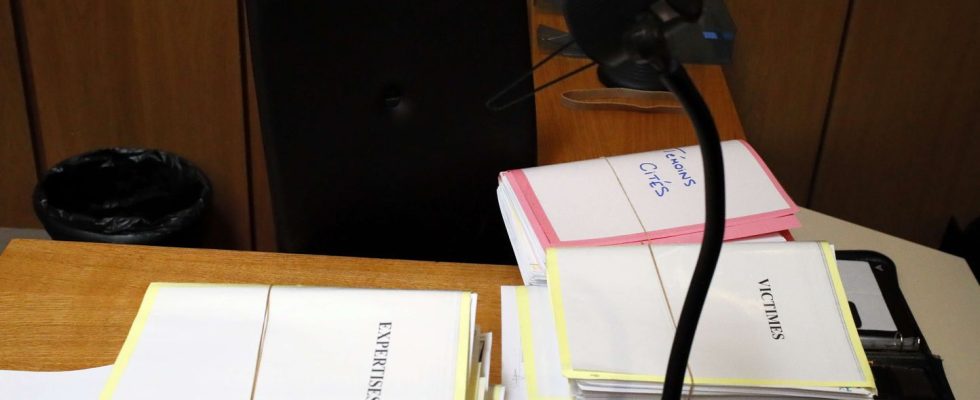A person is innocent until proven guilty. This is the principle of French law and all the complexity of criminal cases, among them, those relating to acts of sexual violence. More than three quarters of the cases between 2012 and 2021 were closed for lack of evidence, that is to say that the prosecution decided to abandon the prosecution considering that it did not have enough elements to proceed. further, according to a study by the Institute of Public Policy (IPP), published this Wednesday. Because for acts of physical violence, and even more so when it is sexual, proof can be particularly difficult to provide.
However, according to Laurent Desgouis, national secretary of the Magistrates’ Union, things have evolved since 2021 with an “increase in the rate of prosecutions thanks to the #MeToo phenomenon”. Today, according to him, “we attach more importance to the complainant’s word without it being the alpha and omega to avoid falling into a word against word system”. To do this, we must gather “probative elements”, i.e. evidence, to support this statement.
And the testimony often comes late, sometimes too late. “Speech is often restricted because the victim is in a state of astonishment,” explains the magistrate. Astonishment is when what happened to us is so terrible for our brain to register that we don’t believe it really happened. This state can last a long time. Sometimes, victims speak out years, even decades, after the events. Hence the question of the limitation period for this type of facts which regularly comes up in public debate, as recently after the complaints filed by Judith Godrèche against two directors Benoît Jacquot and Jacques Doillon for “rape of a minor”.
The obstacle of physical evidence
Once the words have been collected, the investigators must then look for elements to confirm the statements of the complainant. However, in this type of case involving physical violence, “we rarely have material evidence such as videos, recordings, direct testimonies,” reports Laurent Desgouis.
“From the moment the facts are denied, it is necessary to confront two types of discourse, two psychological and psychiatric expertises, it is necessary for the judges and the police to identify everything which can give rise to an interpretation in one direction or in the other, and all this has evolved considerably,” estimates a retired former magistrate who prefers to remain anonymous.
Thanks to technical advances, things have nevertheless evolved, in particular thanks to the use of DNA which makes it possible to certify sexual intercourse. If this proof is provided, must it still be demonstrated that the complainant did not consent? It is on this point that actor and comedian Ary Abittan, accused of rape, obtained a dismissal on Tuesday. The two investigating judges lifted the charges in the absence of “serious or consistent evidence in favor of an act of sexual penetration imposed by violence, coercion, threat or surprise”.
The urgency of medical samples
The forensic examination is a valuable step in collecting evidence. It makes it possible to observe lesions in the areas of penetration in the event of rape, or traces of blows or injuries which attest to a forced act. But this examination must be carried out less than five days after the facts, “beyond that we can no longer take samples”, explains Sophie Tellier, forensic doctor at the Women’s House of Saint-Denis and within the Bondy medical-judicial unit.
When the facts are old or the person comes after washing, there is very little chance of finding DNA traces. “The closer we are to the facts, the more likely we are to find elements,” confirms Renaud Clément, head of the medical-judicial unit at Nantes University Hospital. However, the forensic examination only finds lesions in 10 to 30% of cases. And “in 70 to 80% of cases, there are no physical traumatic traces,” emphasizes Renaud Clément. “If there is no lesion or DNA, that does not mean that there was no attack,” adds Sophie Tellier.
There then remain the elements of psychological trauma which can contribute to the case. “We strive to identify the disorders that persist in people who have suffered this type of attack. It’s very documented now, we’re trying to identify elements of post-traumatic stress,” says Laurent Desgouis. Especially since these traces of aggression fade much less quickly than the physical marks.

